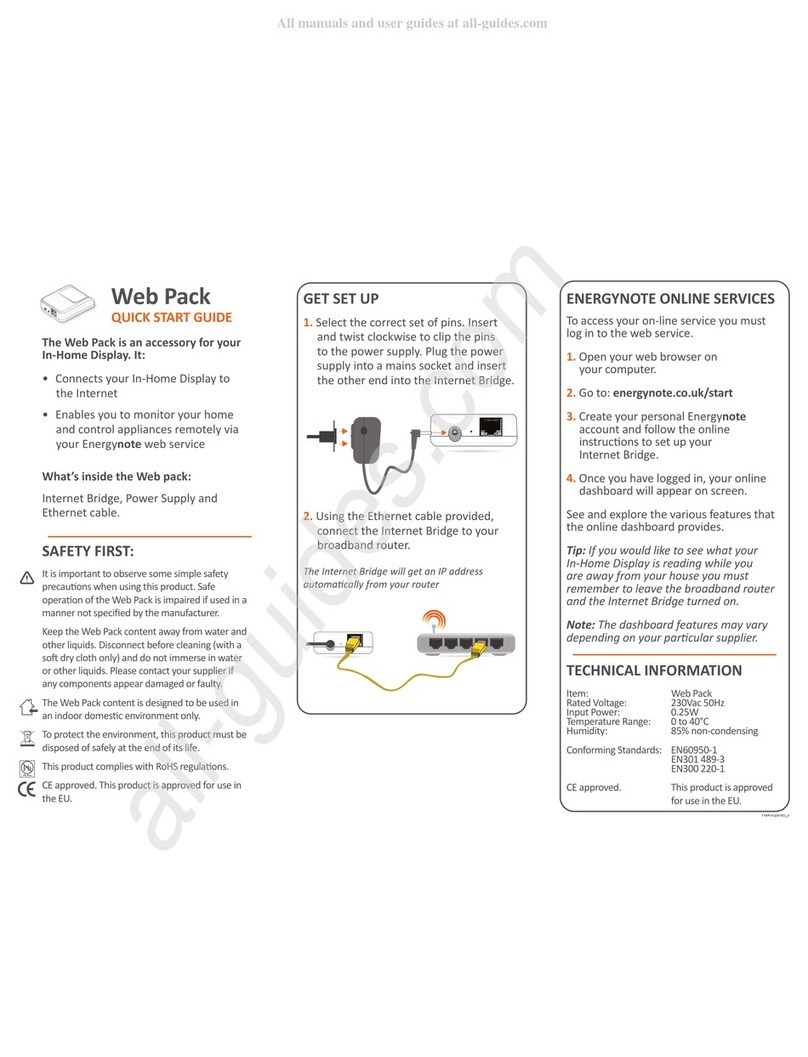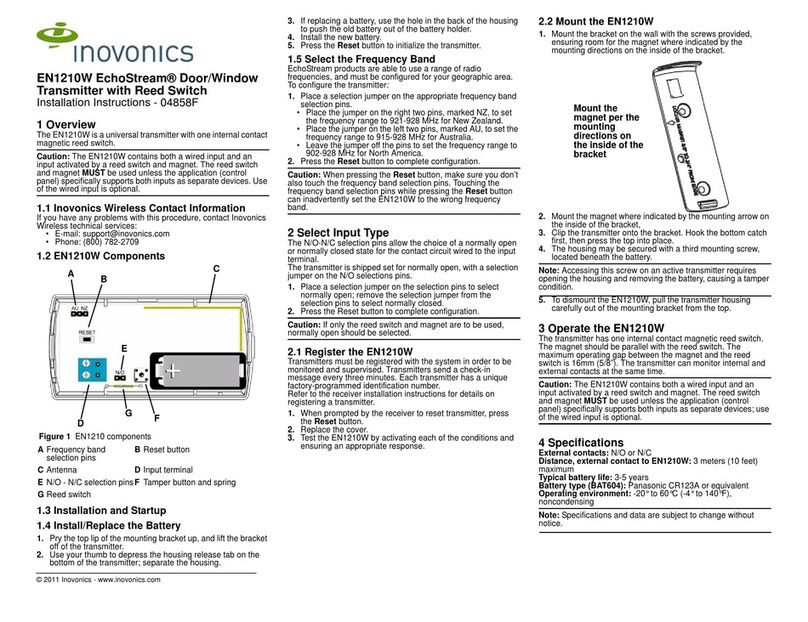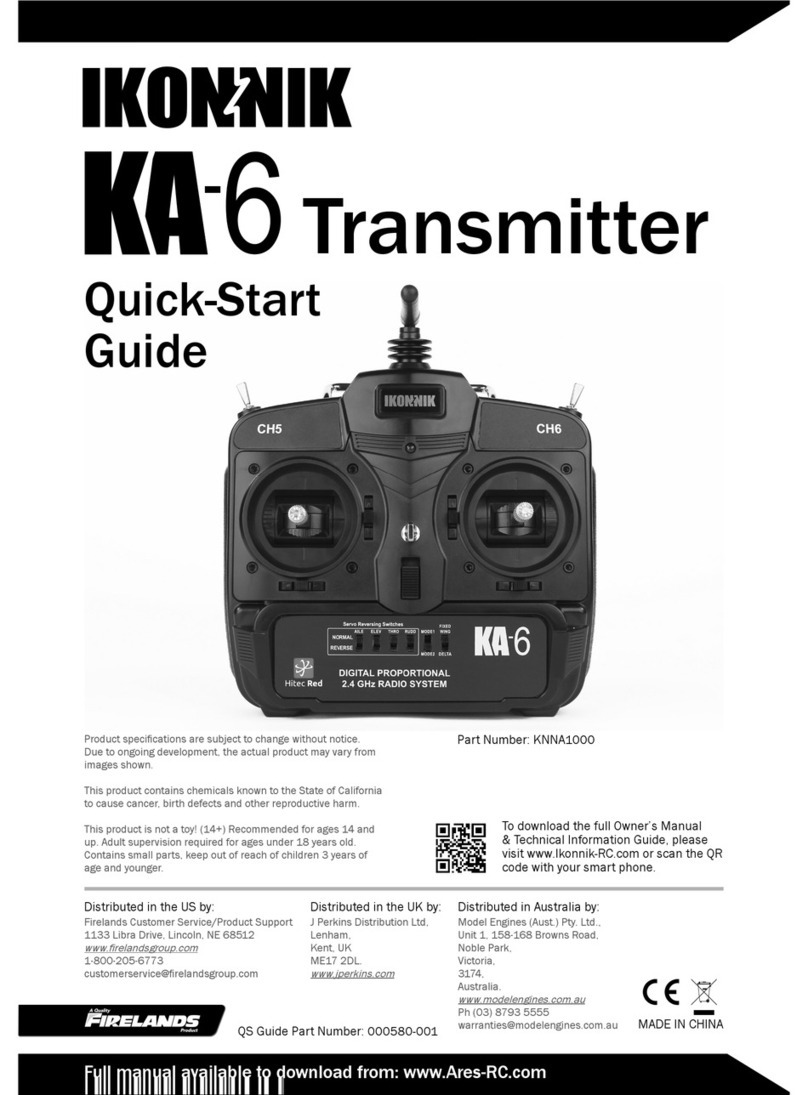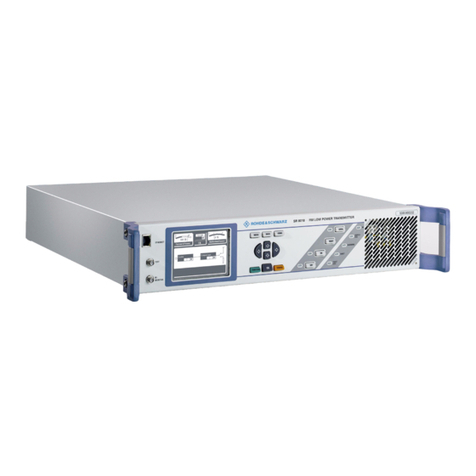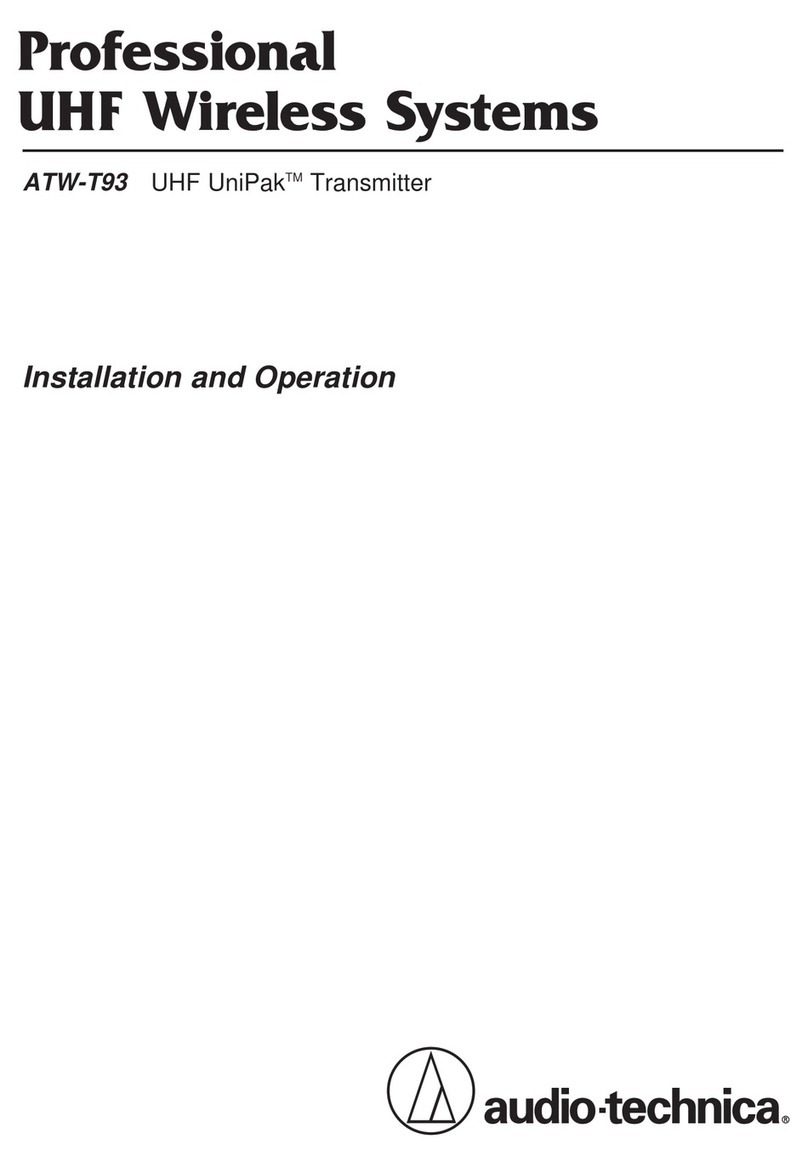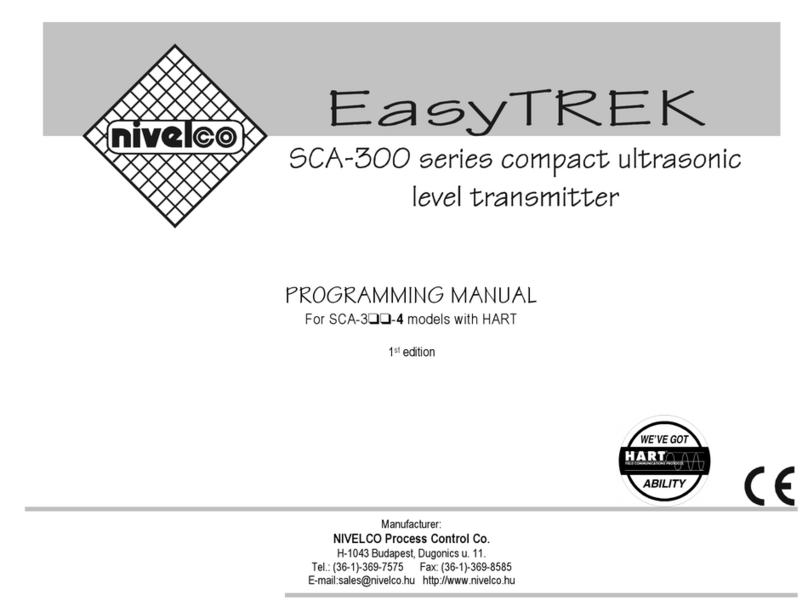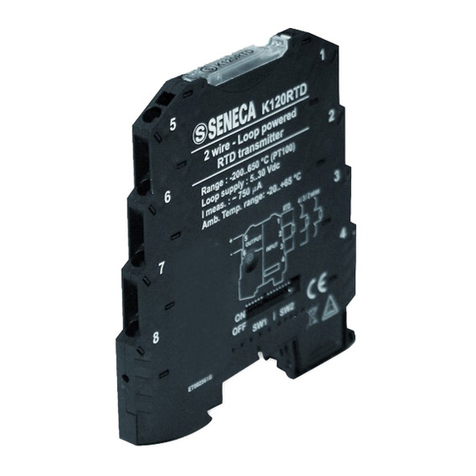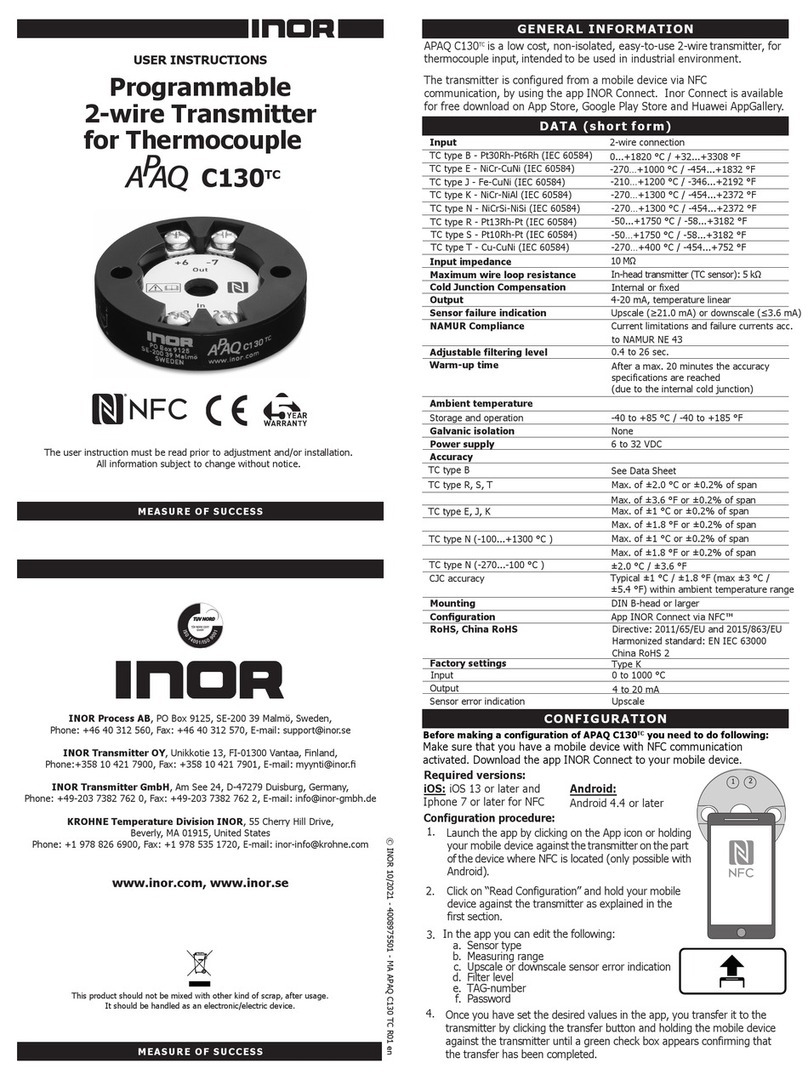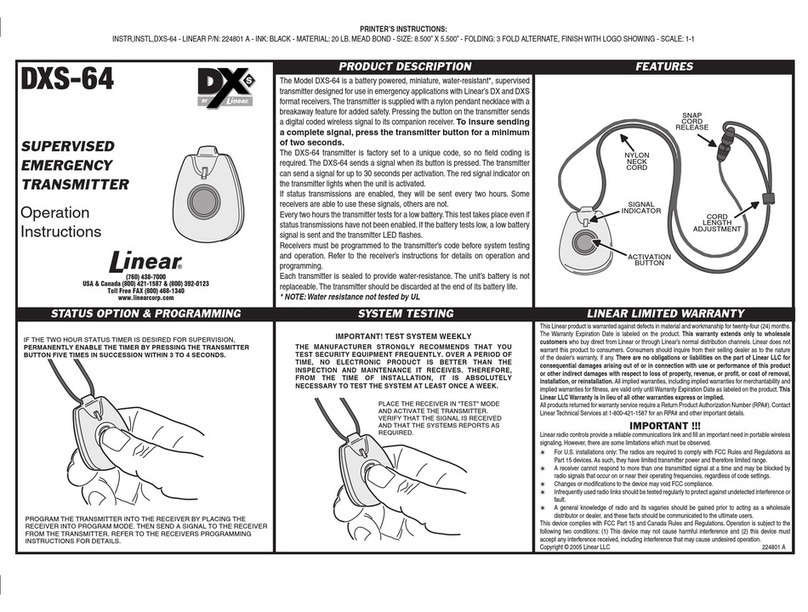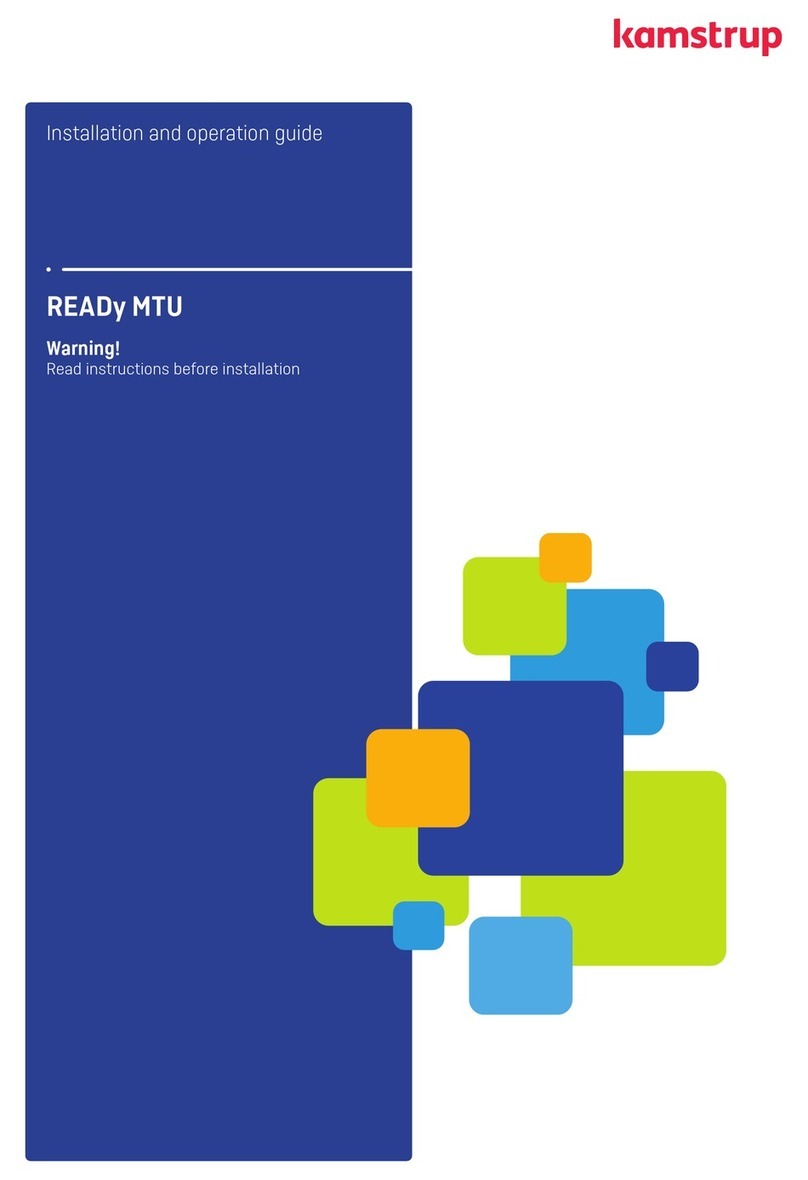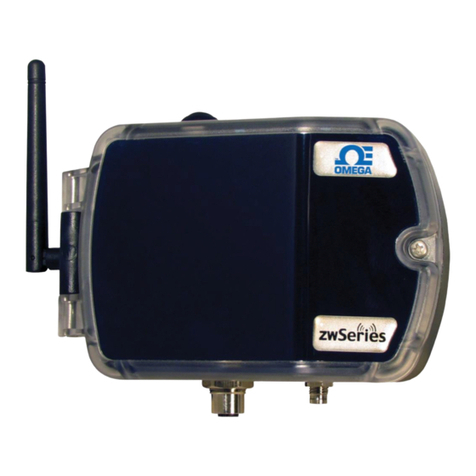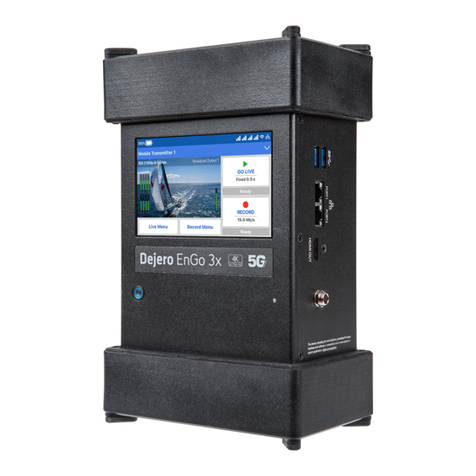
10
SEL-FT50/SEL-FR12 Fault Transmitter and Receiver System Instruction Manual Date Code 20210405
Application Examples
Improve Fuse-Blowing Schemes With the Fault Transmitter and Receiver
System
With the SEL-FT50/SEL-FR12 system installed as shown in Figure 10, the
recloser control receives an indication whenever a fault is on the unfused branch.
With this information, if a fault occurs on the unfused line section, the recloser
control can trip instantaneously instead of waiting for the fuse delay.
In Figure 10, the unfused tap is monitored by a set of SEL-FT50 Fault Transmit-
ters (one for each phase), one SEL-FR12, and one SEL-651R. The SEL-FR12 is
connected to the SEL-651R via a serial port.
When using the SEL-FT50/SEL-FR12 system, the SEL-651R knows when a
fault occurs on the unfused tap because one or more of the SEL-FT50 Fault
Transmitters detect the fault current and send the fault status to the SEL-FR12,
which then conveys the information to the recloser control.
The SEL-651R settings replace or modify the curve behavior while the fault is
happening. In the example fault shown in Figure 10, the recloser control enables
the recloser control fast curve (see Figure 8). Compare this to when a fault is on
the same unfused line section but the recloser control does not know it. The
recloser trips after a delay. Based on the coordination curves in Figure 8, for a
1000 A fault, using the SEL-FT50/SEL-FR12 system to trip on the fast curve
instead of the slow curve reduces the fault clearing time by 400 ms.
Fuse-Saving Combined With Fuse-Blowing Schemes
The fundamental choice in distribution-line protection is between fuse-saving
and fuse-blowing. For a given fault, designers either favor blowing fuses and dis-
rupting as few customers as possible, or tripping the recloser and interrupting the
fault without blowing any fuses. Each method has its advantages, but the protec-
tion planner has to pick one or the other.
Using the SEL-FT50/SEL-FR12 system, design smart protection that switches
from fuse-saving to fuse-blowing, or vice versa without interruption. You get the
fuse-saving or fuse-blowing benefits you want while eliminating any drawbacks.
Figure 9 Fault on Unfused Tap
Figure 10 SEL-FT50 on Unfused Tap
R
SEL-FR12
SEL-651R-2
When the fault is on the unfused branch, the recloser trips without fuse-coordination delay.
SEL-FT50
